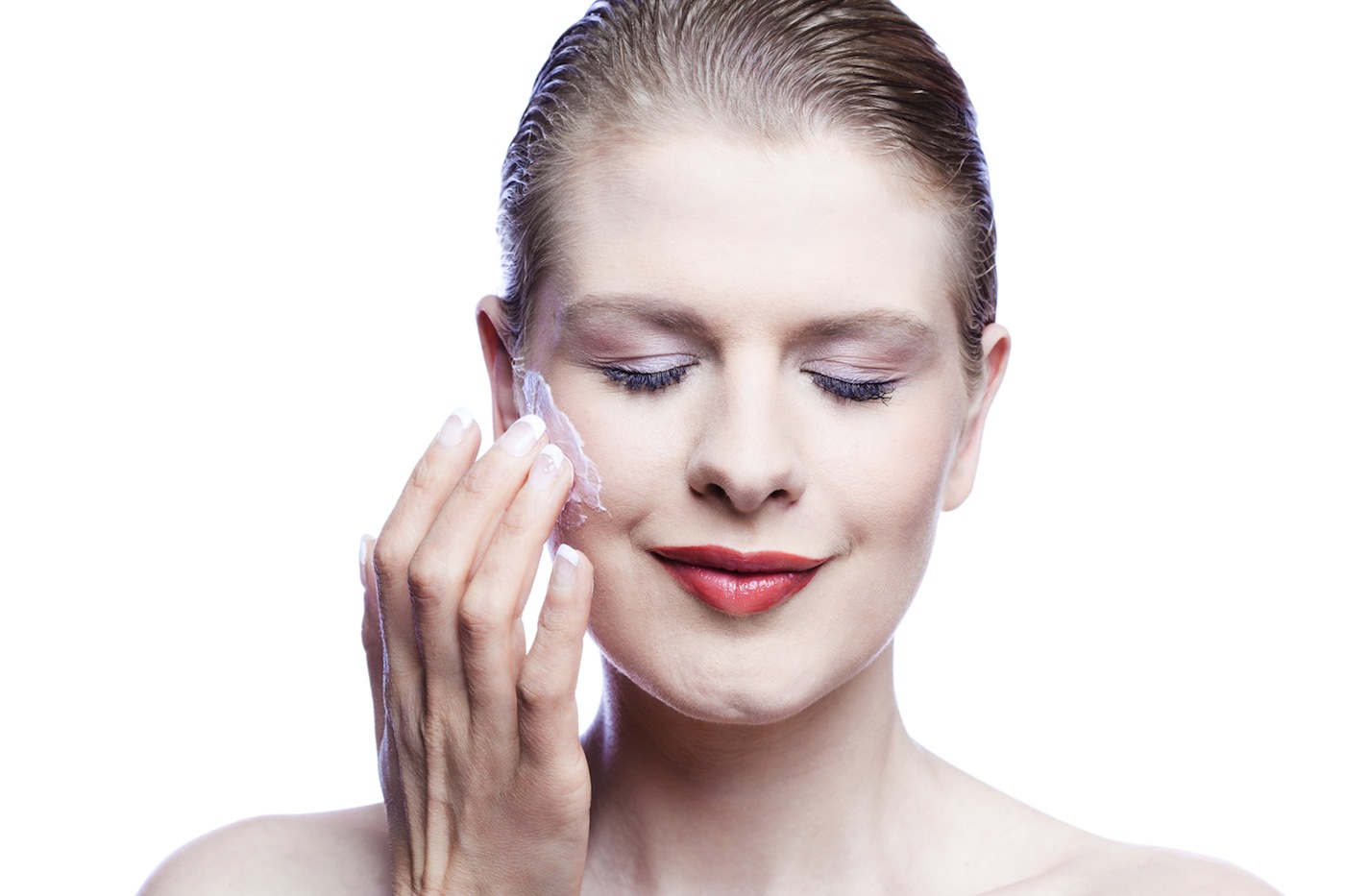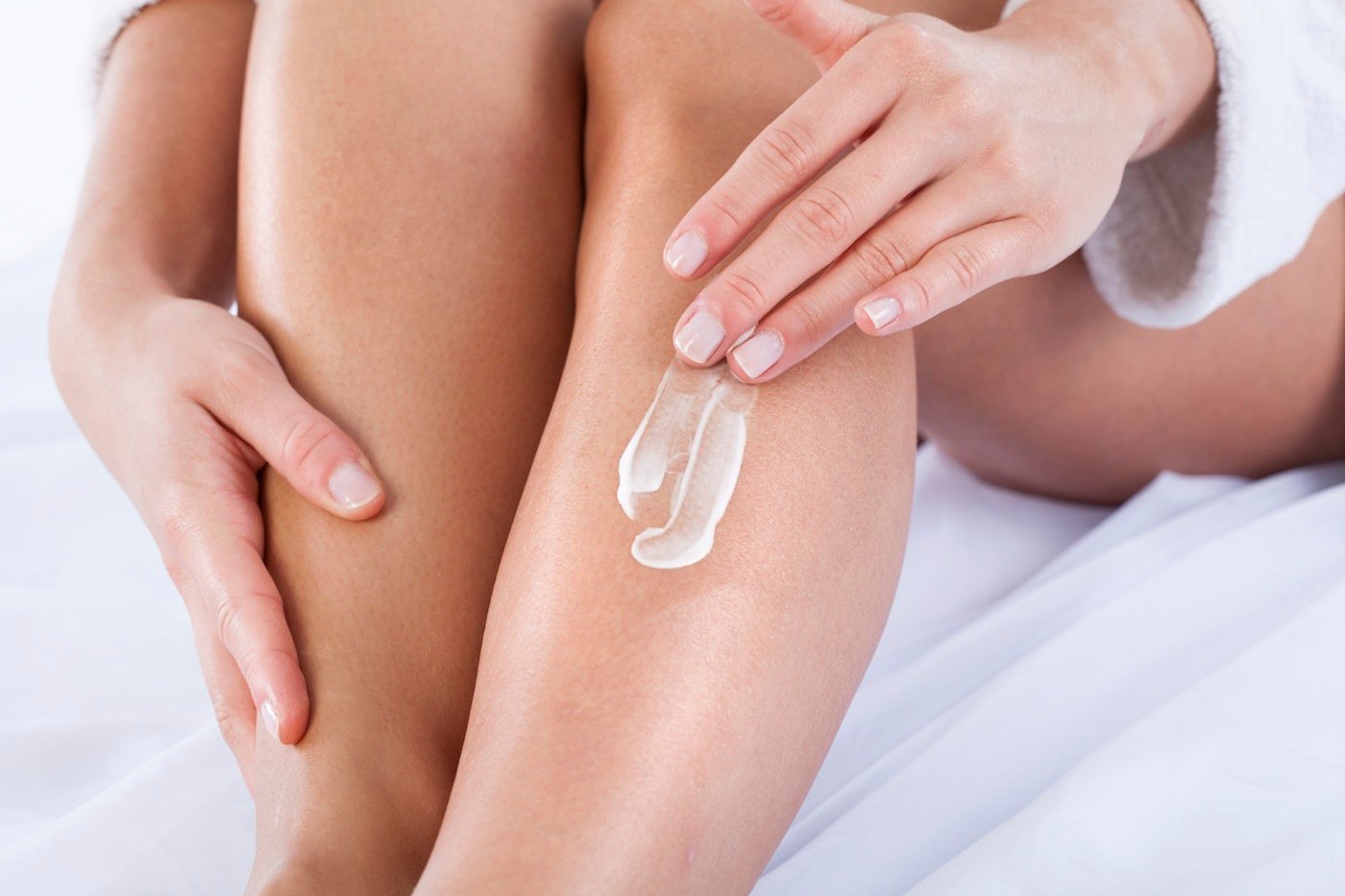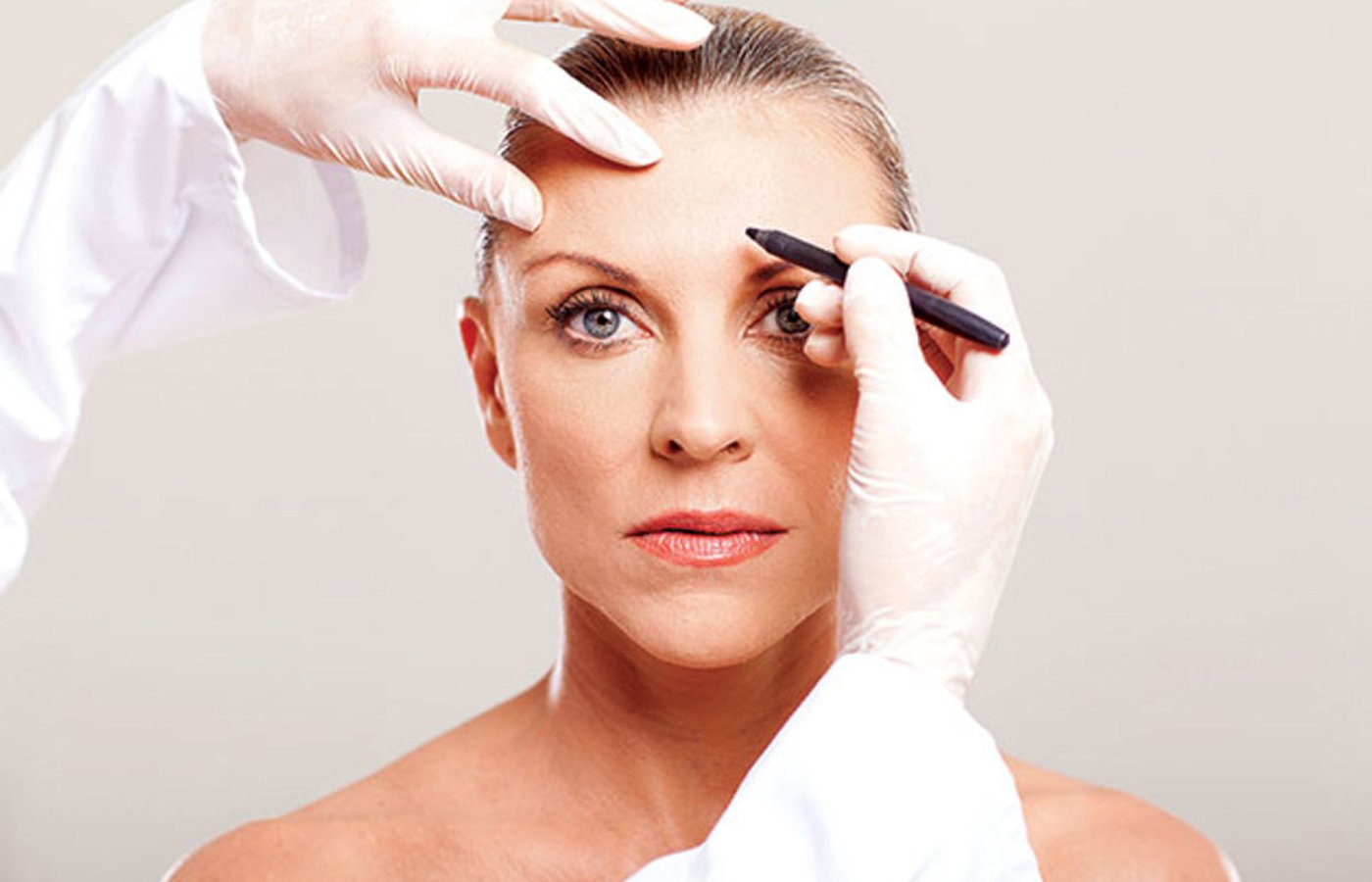I have seen many patients over my 15 years in dermatology that come in confused about their condition because of incorrect information gleaned from either friend, family, or the internet. Here are a few common misperceptions about some irritating skin issues, along with my advice on how to treat them.
Dr. Tanzi, I have these cold sores in the corner of my mouth that just won’t go away. What can I do?
Red, irritated cracks at the corner of the mouth that don’t respond to lip balm are not usually just dry skin, but they aren’t cold sores either. One of the most likely causes for this issue is a local yeast infection. If you snore (or are temporarily forced to breathe through your mouth while sleeping due to a cold or a stuffed-up nose), small amounts of saliva can accumulate in the corners of your mouth. Yeast likes to grow in wet environments, so to treat it, try a little over-the-counter monistat cream (find it in the feminine hygiene section of the pharmacy) twice daily for 2 weeks. If it doesn’t resolve, see your dermatologist because if it’s not an accumulation of yeast, it could be an irritation from something in your environment and the skin expert can help you determine the culprit.
Yikes! Even though I didn’t see it, I know I’ve been bitten by a spider. Do I need treatment?
No need to panic, arachnophobes. Is it really a spider bite? Probably not. It turns out that most visits to the dermatologist or emergency room for spider bites are actually localized staph infections of the skin. If the area is red, painful, swollen, and the center of the wound is oozing or has a scab. These localized infections can be easily treated with the proper drainage and, if needed, antibiotics. In this instance, it’s best to get to your doctor for the proper diagnosis rather than try to treat it yourself.
I’ve tried every eye cream on the market, but nothing is helping this dry—and sometimes itchy—skin on my eyelids. Dr. Tanzi, do you have a recommendation for an eye cream?
Itchy, flaky eyelid skin that lasts for weeks could be a sign of a skin allergy. Eyelid skin is particularly prone to allergic reactions to chemicals or other irritants from the environment. People typically touch their faces hundreds of times throughout the day, allowing whatever chemical or irritant is on the fingers to be introduced to the eye area. Because eyelid skin is so delicate, it may be the only part of the body that develops the signs of a skin allergy, which is red, itchy, dry, and if left untreated for a long time, wrinkled or “older” looking skin. Any “dry skin” around the eyes that doesn’t improve with a good moisturizer should be evaluated by a dermatologist for a skin allergy.
Dr. Elizabeth Tanzi is a board-certified dermatologist and co-director of the Washington Institute of Dermatologic Surgery.




















